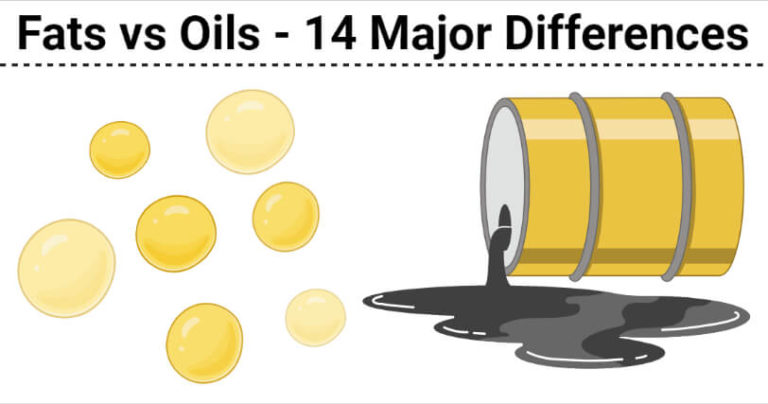

Good practice for the compounding of lyophilized products would also include batching in a controlled environment and in sealed tanks, particularly if the solution is to be held for any length of time prior to sterilization. The concern with any microbiological level is the possible increase in endotoxins that may develop. Obviously, the batching or compounding of these bulk solutions should be controlled in order to prevent any potential increase in microbiological levels that may occur up to the time that the bulk solutions are filtered (sterilized). However, some of the other dosage forms that are lyophilized, such as hydrocortisone sodium succinate, methylprednisolone sodium succinate and many of the biotechnology derived products, have no antibacterial effect when in solution.įor these types of products, bioburden should be minimal and the bioburden should be determined prior to sterilization of these bulk solutions prior to filling. Because they are antibiotics, low bioburden of these formulations would be expected at the time of batching. Many of the antibiotics, such as some of the semi-synthetic penicillins, cephalosporins, and also some of the salts of erythromycin, doxycycline and chloramphenicol are made by the lyophilization process. Products are manufactured in the lyophilized form due to their instability when in solution. This discussion will address some of the problems associated with the manufacture and control of a lyophilized dosage form. Some of the important aspects of these operations include: the formulation of solutions filling of vials and validation of the filling operation sterilization and engineering aspects of the lyophilizer scale-up and validation of the lyophilization cycle and testing of the end product. It is recognized that there is complex technology associated with the manufacture and control of a lyophilized pharmaceutical dosage form. In order to provide guidance and information to investigators, some industry procedures and deficiencies associated with lyophilized products are identified in this Inspection Guide. Additionally, inspections have disclosed potency, sterility and stability problems associated with the manufacture and control of lyophilized products.

There are many new parenteral products, including anti-infectives, biotechnology derived products, and in-vitro diagnostics which are manufactured as lyophilized products. Complete stoppering of the vials usually by hydraulic or screw rod stoppering mechanisms installed in the lyophilizers.Applying a vacuum to the chamber and heating the shelves in order to evaporate the water from the frozen state.Freezing the solution by placing the partially stoppered containers on cooled shelves in a freeze-drying chamber or pre-freezing in another chamber.Transporting the partially stoppered containers to the lyophilizer and loading into the chamber under aseptic conditions.Filling into individual sterile containers and partially stoppering the containers under aseptic conditions.Sterilizing the bulk solution by passing it through a 0.22 micron bacteria-retentive filter.Dissolving the drug and excipients in a suitable solvent, generally water for injection (WFI).The lyophilization process generally includes the following steps: Need for sterile diluent upon reconstitution Rapid and easy dissolution of reconstituted product Removal of water without excessive heating of the productĮnhanced product stability in a dry state The advantages of lyophilization include:Įase of processing a liquid, which simplifies aseptic handling The process consists of three separate, unique, and interdependent processes freezing, primary drying (sublimation), and secondary drying (desorption). Lyophilization or freeze drying is a process in which water is removed from a product after it is frozen and placed under a vacuum, allowing the ice to change directly from solid to vapor without passing through a liquid phase. The document does not bind FDA, and does no confer any rights, privileges, benefits, or immunities for or on any person(s). Note: This document is reference material for investigators and other FDA personnel. GUIDE TO INSPECTIONS OF LYOPHILIZATION OF PARENTERALS


 0 kommentar(er)
0 kommentar(er)
